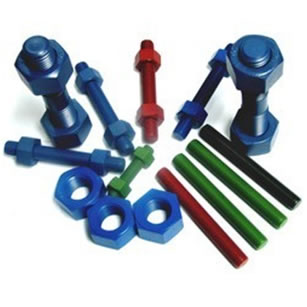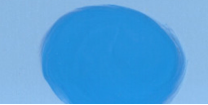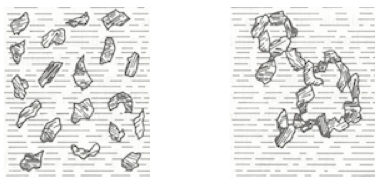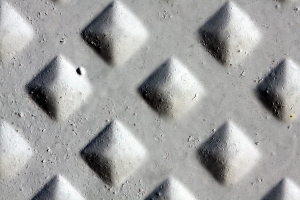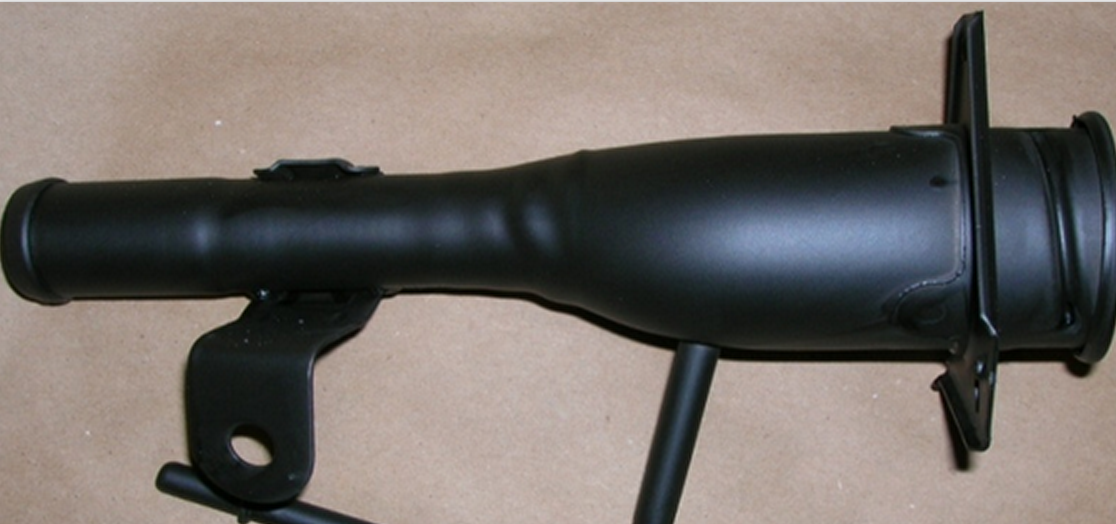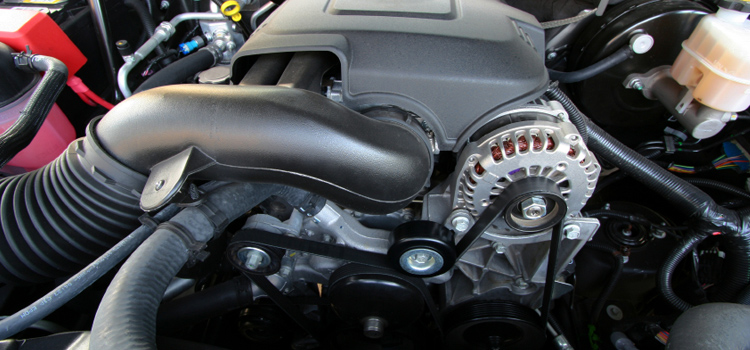Green Resin Technology Explained
In April 2015, Chemical Dynamics published an article in Prospector on green resin technology using bio-based resin building blocks in the synthesis of polymers for coatings. Another highly desirable approach to green technology is the incorporation of resins utilizing building blocks derived from recyclable materials.
Sales for resins/polyols using recycled or bio-based polyols are expected to grow twice as fast as the overall polyol market in the next four years[1]. Driving forces for the use of recycled materials in the manufacture of resins can be reduced health hazard[2] (figure 2), as well as environmental and economic factors. Other attributes include reducing the carbon footprint[3] (Figure 1), increasing sustainability, and conservation of natural resources. Green products are also growing in favor with multiple government and private agencies.
Typical recyclable material sources may include polyethylene terephthalate (PET), designated rPET for recycled PET, recovered cooking oils and recycled polyurethane foam. PET is typically used as containers for soft drinks and water, whereas polyurethane foams are used as carpet underlay and in mattresses. In the U.S. alone, there were 6.5 billion pounds of unrecycled PET-based containers in 2013.
EPA Guidelines
The U.S. Environmental Protection Agency Comprehensive Procurement Guideline Program (CPG) defines recycled material as such that the EPA deems equivalent to virgin material. RCRA Section 6002 also requires purchasing agencies to establish procurement programs for designated items that meet CPG. Scientific Certification Services (SCS) recognizes products made either in whole or in part from recycled waste material in place of virgin materials. Through its certification process, SCShelps products qualify for credits within the LEED rating system. LEED is a certified U.S. Green Building Council program. Recycled content is certified by the U.S. Green Building Council’s GreenCircle for total recycled content based on pre and post consumer recycled content in products.
To read the rest of the article by Ron Lewarchik, President of Chemical Dynamics, please click here.


